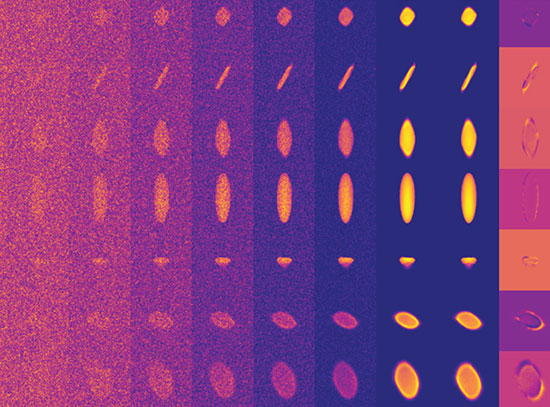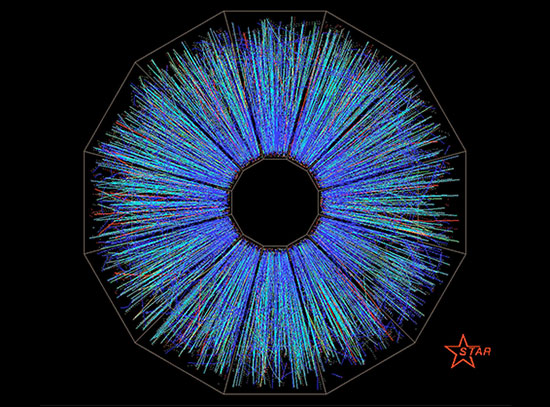Stardust Papers Give Insight Into Early Solar System
December 14, 2006
This in an informational posting only, not a Brookhaven press release.
The preliminary examination of space dust brought back to Earth by NASA's Stardust spacecraft has been completed. The results of the studies, which could help explain the origin of the universe, appear in a series of seven papers to be published in the December 15, 2006 issue of Science Express, the online edition of the journal Science.
A miniscule portion of this teaspoonful-sized amount of comet and star dust was studied at the U.S. Department of Energy's Brookhaven National Laboratory. Using x-ray, ultraviolet, and infrared light at Brookhaven's National Synchrotron Light Source (NSLS), scientists probed the dust's chemical composition and properties. Characteristics of the dust studied at the NSLS include:
- Elemental composition - Scientists used powerful x-rays to collect detailed images of some of the smallest particles as well as determine their elemental makeup.
- Organics - One of the most important elements the scientists searched for, and found, was carbon, which could indicate that the particles contain organic compounds that may have formed at the birth of our solar system and spread life to Earth.
- Mineralogy - Even though the comet formed in the cold, outer reaches of the solar system, scientists discovered high-temperature minerals in the dust that probably formed much closer to the sun. From these findings, scientists predict that the solar system must have undergone a considerable amount of mixing while the sun and planets were forming.
For more information about the seven Stardust studies and other mission information, click here.
2006-10572 | INT/EXT | Newsroom









